
Depression is a common and serious mental health disorder that can have a negative impact on many aspects of a person’s life. It is characterized by a persistent feeling of sadness and loss of interest in activities that were previously enjoyable. Depression can also cause a range of physical symptoms, such as changes in appetite and sleep patterns, fatigue, and difficulty concentrating.
One of the key ways that depression can evolve is through a negative cycle of thoughts and behaviors. This cycle can be triggered by a stressful life event or a chronic stressor, such as a difficult relationship or financial problems. When a person experiences stress, they may start to have negative thoughts and beliefs about themselves, their situation, and the world around them. These negative thoughts can then lead to symptoms of depression, such as changes in their mood, feeling blue, apathy, and fatigue.
The depression then leads to avoidance, and this leads to negative behaviors, such as isolating themselves from others or engaging in unhealthy behaviors like excessive drinking or drug use.
As the negative cycle continues, they may feel more hopeless and helpless, and their negative thoughts may become even more pervasive. This then leads to more symptoms of depression. This can make it difficult for them to break out of the cycle and seek help.
The good news is that depression is a treatable condition. With the right help and support, a person with depression can break out of the negative cycle and start to feel better. This may involve a combination of treatments, such as therapy, medication, and lifestyle changes, depending on the individual’s needs. It’s important to remember that seeking help is a sign of strength, not weakness, and taking the first step towards treatment can be a powerful step towards recovery.
Here is a visual representation of the negative cycle of depression:
- A stressful life event or chronic stressor occurs.
- The person starts to have negative thoughts and beliefs about themselves, their situation, and the world around them.
- The negative thoughts lead to symptoms of depression, such as changes in mood and apathy.
- The depression leads to avoidance, manifested by negative behaviors, such as isolating themselves from others or engaging in unhealthy behaviors.
- The behaviors maintain the thought that all is hopeless.
- Hence, the negative thoughts become even more pervasive, making it difficult for the person to break out of the cycle and seek help.
- Without treatment, the negative cycle continues.

Carlo Carandang, MD, is a psychiatrist who has over 15 years experience treating patients with depression and anxiety. In addition, Dr. Carlo has done research and taught students and doctors about depression and anxiety. His other popular website, AnxietyBoss.com, has received over 5 million views to date.


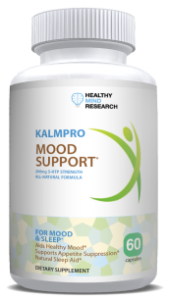
 Adjustment Disorder with Depressed Mood, also known as Situational Depression, is another subtype of depression. Adjustment Disorder with Depressed Mood is where depressive symptoms mainly consist of low mood, tearfulness, and feelings of hopelessness. These depressive symptoms occur in response to a stressor, such as losing a job, financial problems, relationship problems, and losing a loved one, just to name a few.
Adjustment Disorder with Depressed Mood, also known as Situational Depression, is another subtype of depression. Adjustment Disorder with Depressed Mood is where depressive symptoms mainly consist of low mood, tearfulness, and feelings of hopelessness. These depressive symptoms occur in response to a stressor, such as losing a job, financial problems, relationship problems, and losing a loved one, just to name a few.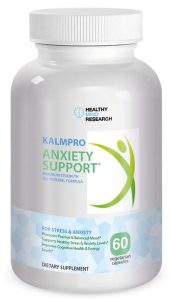 KalmPro, a natural anxiety and
KalmPro, a natural anxiety and 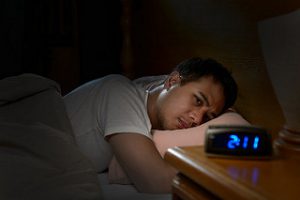 The 3rd subtype of Depression is Dysthymic Disorder, also known as Dysthymia. Dysthymia is a chronic, smoldering form of Major Depressive Disorder. While not as severe and dramatic as Major Depression, Dysthymia lasts a long time, greater than two years in adults, and greater than one year in adolescents. Dysthymia affects 3% to 6% of people. It is one of the
The 3rd subtype of Depression is Dysthymic Disorder, also known as Dysthymia. Dysthymia is a chronic, smoldering form of Major Depressive Disorder. While not as severe and dramatic as Major Depression, Dysthymia lasts a long time, greater than two years in adults, and greater than one year in adolescents. Dysthymia affects 3% to 6% of people. It is one of the 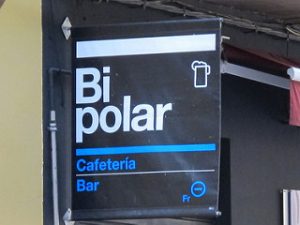 Bipolar Depression is the depressive phase of Bipolar Disorder, where there is cycling between mania, depression, and sometimes mixed episodes. This is in contrast to Unipolar Depression (
Bipolar Depression is the depressive phase of Bipolar Disorder, where there is cycling between mania, depression, and sometimes mixed episodes. This is in contrast to Unipolar Depression ( Major Depressive Disorder is the prototypical depressive disorder. When you talk about depression, many people are thinking about Major Depressive Disorder. It is also known as Major Depression and Clinical Depression. Major Depression is just one of the
Major Depressive Disorder is the prototypical depressive disorder. When you talk about depression, many people are thinking about Major Depressive Disorder. It is also known as Major Depression and Clinical Depression. Major Depression is just one of the 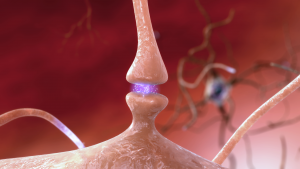 Depression is another term for Depressive Disorders, which are brain disorders based on abnormal brain circuit functioning, maladaptive thinking and behaviors, maladaptive coping to stressors, and mood dysregulation.
Depression is another term for Depressive Disorders, which are brain disorders based on abnormal brain circuit functioning, maladaptive thinking and behaviors, maladaptive coping to stressors, and mood dysregulation. The Depression Boss newsletter contains the most recent and relevant information and research on depression. Join now!
The Depression Boss newsletter contains the most recent and relevant information and research on depression. Join now!